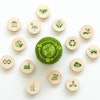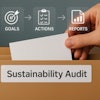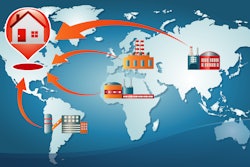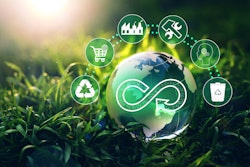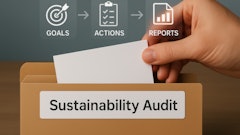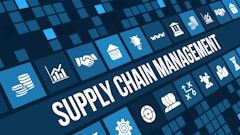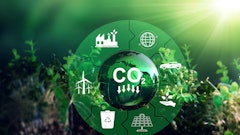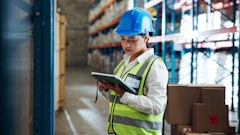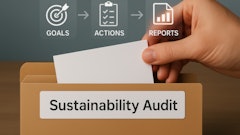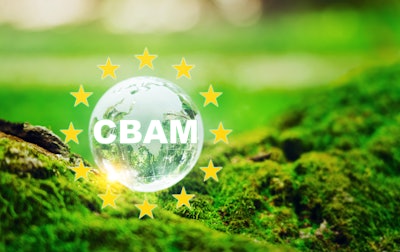
When the EU's Carbon Border Adjustment Mechanism (CBAM) begins its definitive phase in 2026, it will apply carbon pricing to about $120 billion worth of certain key goods like aluminum, cement, fertilizers, iron and steel, implying higher costs for EU industries importing these goods and potentially adding to their trade-related pressures.
A scenario analysis provided by S&P Global indicates CBAM could add $15-25 billion annually to these goods' import values over the next decade.
The burden of those higher costs manifests in higher EU import prices, which could increase annually by 2-3% under moderate carbon price scenarios, reaching 22-39% cumulative impact over the next decade. By contrast, the U.S. administration's baseline tariff implemented earlier this year is 10%.
“Although these goods overall represent less than 1% of GDP in most exporting countries, some sectors, mainly in Eastern European emerging markets, rely heavily on sales to the EU and face increasing exposure as supply chains adjust to the new competitive landscape,” the study says. “Based on our scenarios, exporters in countries like Mozambique, Ukraine, Morocco, China, and Brazil, appear well-positioned to capture market shares from more emission-intensive countries.”
Key takeaways:
· From 2026, CBAM moves from the reporting-only phase to full implementation. All EU-based importers of goods covered by CBAM will have to declare the emissions embedded in those goods and present the corresponding number of CBAM certificates each year. The price of those certificates will be closely linked to EU Emissions Trading System (ETS) prices. In this way, CBAM aims to more closely align the prices of those imports with their EU-produced equivalents, which are subject to emission prices under the EU ETS.
· Between 2021-2024, the EU imported on average about 9 million metric tons (mmt) of aluminum, 11mmt of cement, 17mmt of fertilizers, and 76 mmt of iron and steel products. Over that period, those imports cost about $120 billion annually on average, with year-to-year variations of 10-15% for most products. However, some estimates point to relatively high dependence on imports of aluminum (70-80% of demand), fertilizers (40-60%), and steel (about 27% of demand in 2024, according to EUROFER).
· According to EU regulation, the CBAM charge will be phased in at the same rate as free allowances are reduced, meaning that the free allowance amounts will decrease for both EU-based and non-EU-based producers. Revenue generated through CBAM is intended to support the EU’s climate and energy transition goals. CBAM costs for importers are a function of carbon price differentials, emission intensities of production, and the phase-out of free allowances. This means CBAM costs are a function of the phase-out rate of free allowances, and at the point that a product is more emissions-intensive than the EU benchmark, CBAM is applicable. In this case, the EU-based importer has to purchase certificates for the portion of emissions not already paid for domestically.
· It’s estimated that 5-15% of cement, 50-60% of aluminum, and more than 90% of fertilizers, iron, and steel coming into the EU are produced with higher emissions intensities than the respective EU benchmarks.
· For importers of high-emitting aluminum, fertilizers, iron, and steel, identifying non-EU suppliers that incur the lowest (or no) CBAM charge could be quite difficult.
“We assume the main impact stems from the future trajectory of variables that determine the additional import costs, such as emissions intensity, allocated free allowances, import volumes, EU emission benchmarks, and carbon prices. We used a stochastic approach to run simulations, generating 10,000 possible future paths of each variable, where we specify only the distribution of the yearly change,” the study says.

